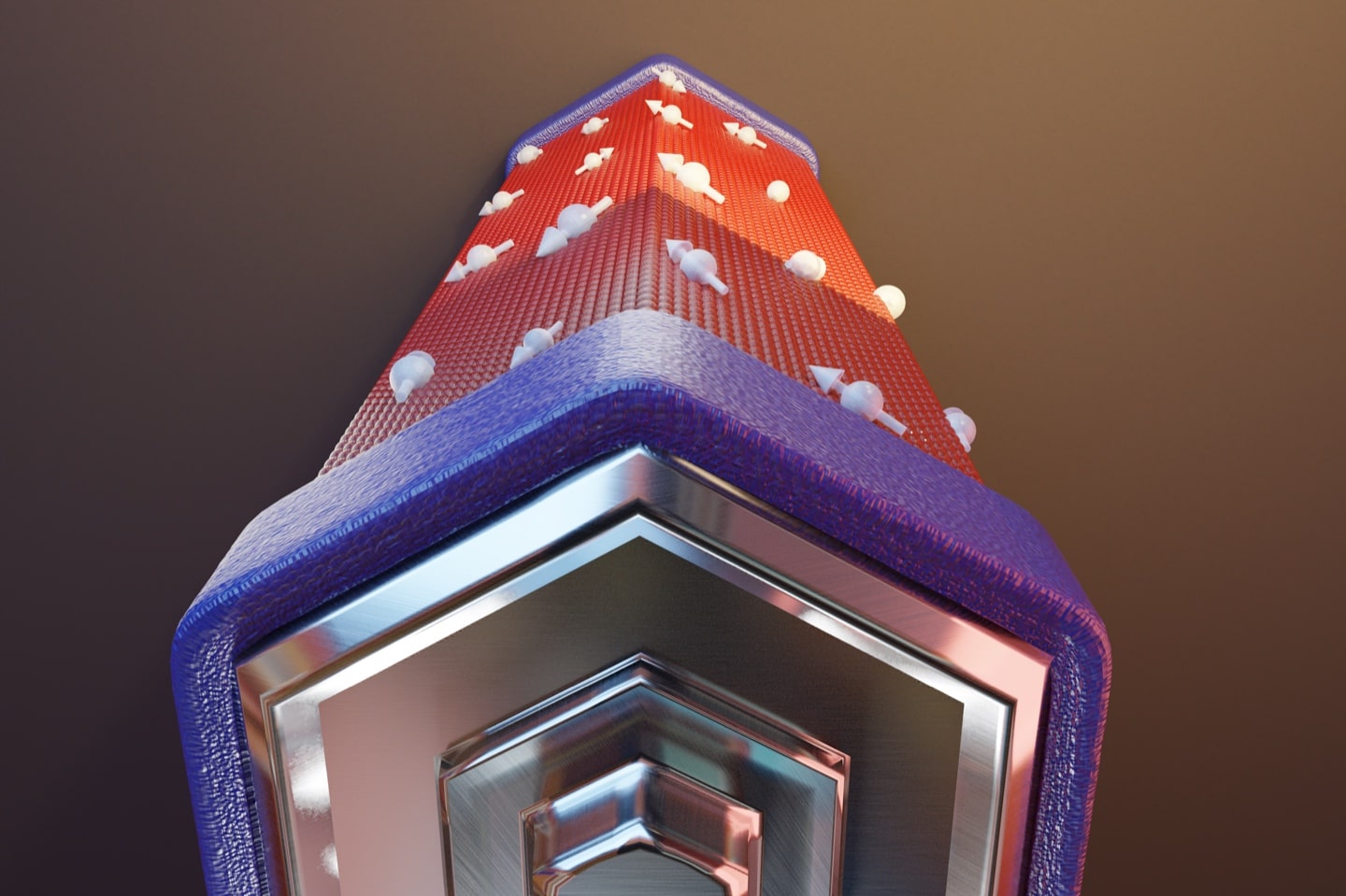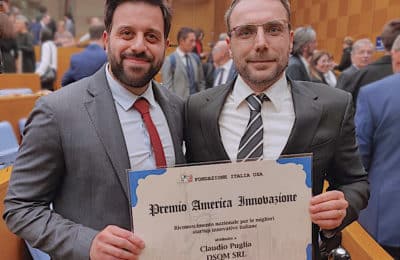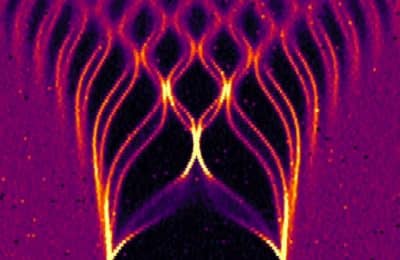Batteries belongs to everyday life. A classical battery, the Volta´s pile, converts chemical energy into a voltage, which can power electronic circuits. In many quantum technologies, circuits or devices are based on superconducting materials. In such materials, currents may flow without the need of an applied voltage; therefore, there is no need for a classical battery in such a system. These currents are called supercurrents because they do not exhibit any energy losses. They are induced not from a voltage but from a phase difference of the wave function of the quantum circuit, which is directly related to the wave nature of matter. Such that a quantum device able to provide a persistent phase difference can be seen as a quantum phase battery, which induces supercurrents in a quantum circuit.
Now the first quantum phase battery has been realized by the research team of Francesco Giazotto from Cnr Nano based al the NEST laborarory of Scuola Normale Superore in Pisa and the group of Sebastian Bergeret from the Materials Physics Center-CFM in San Sebastian, with the collaboration of Salerno University. The device consist of an indium arsenide (InAs) nanowire in contact with aluminum superconducting leads and is a key element for quantum technologies based on phase coherence. The work has been published in the prestigious journal Nature Nanotechnology.
The result stems from a collaborative effort between Sebastian Bergeret, who in 2015 conceived the device from a theoretical point of view, and Francesco Giazotto and Elia Strambini (Cnr Nano), who identified a suitable material combination and fabricated the first quantum phase battery. “The core of the battery consists of an n-doped InAs nanowire forming the core of the battery (the pile) and Al superconducting leads as poles. The battery is charged by applying an external magnetic field, which then can be switched off”, explains Strambini. “The choice of the materials was crucial”, continues the researcher, “in fact, it is through the presence of oxides and defects on the nanowire surface that magnetic moments are generated and their polarization is efficiently converted into a persistent phase bias”.
The quantum phase coherence measures were conducted by the CnrNano team, with ultra-cryogenic systems among the most advanced in the world based the the NEST lab in Pisa.
Elia Strambini, Andrea Iorio, Ofelia Durante, Roberta Citro, Cristina Sanz-Fernández, Claudio Guarcello, Ilya V. Tokatly, Alessandro Braggio, Mirko Rocci, Nadia Ligato, Valentina Zannier, Lucia Sorba, F. Sebastián Bergeret & Francesco Giazotto, A Josephson phase battery. Nat. Nanotechnol.15, 656–660 (2020). https://doi.org/10.1038/s41565-020-0712-7



